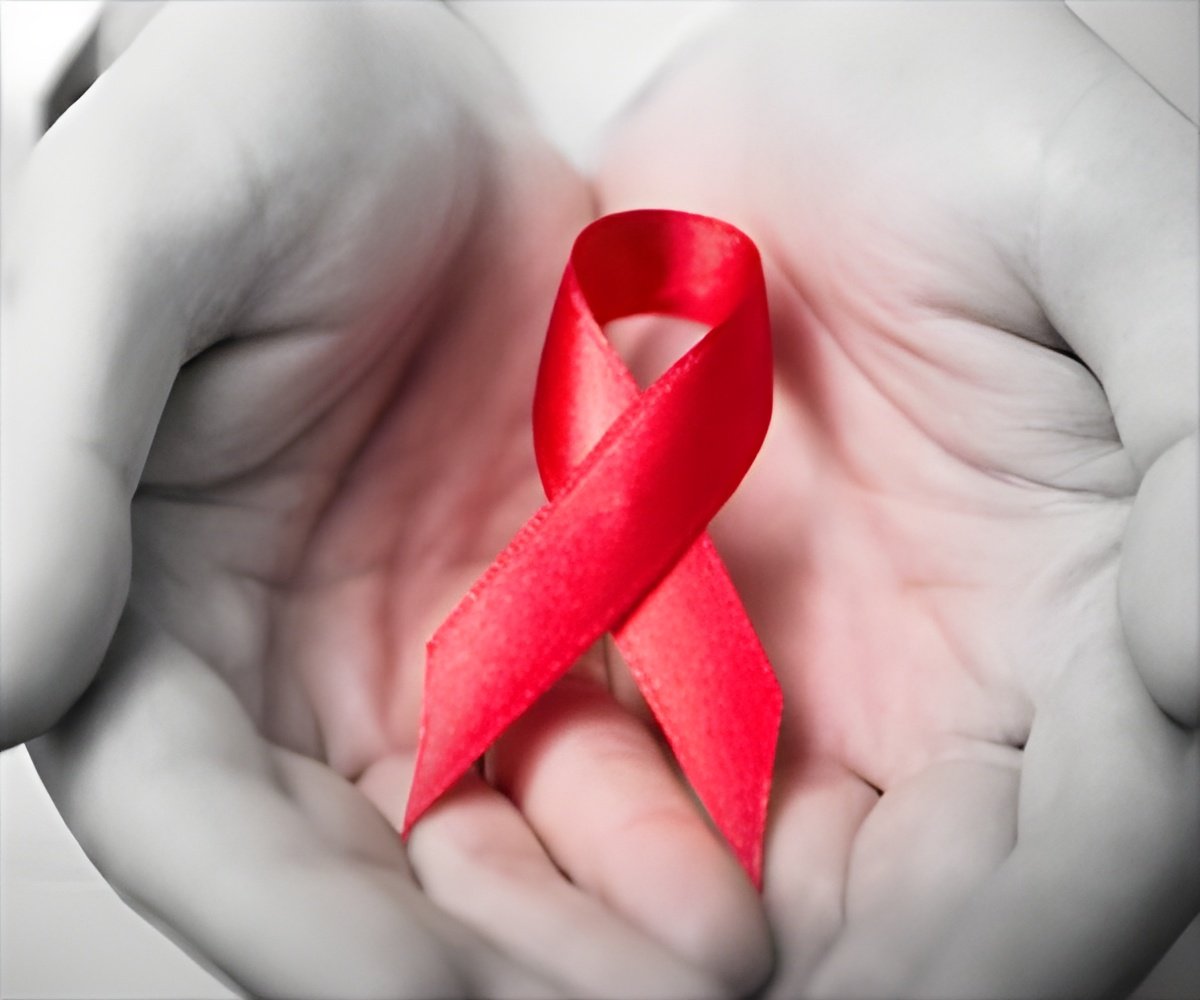Global estimates of viral suppression in children and adolescents and adults on antiretroviral therapy adjusted for missing viral load measurements.

People with HIV who achieve viral suppression protect their immune health and prevent transmitting HIV to others. In 2014, the Joint United Nations Programme on HIV/AIDS (UNAIDS) set a goal of 95% of all people with HIV who are taking ART achieving viral suppression by 2030.
Scientists from the National Institutes of Health-funded International epidemiology Databases to Evaluate AIDS (IeDEA) consortium set out in 2020 to estimate how close the world is to achieve that goal.
They analyzed data from 148 IeDEA treatment sites in 31 countries on five continents to estimate the proportions of children, adolescents, and adults who were virally suppressed one, two and three years after initiating ART.
The data came from more than 21,500 children and adolescents with HIV aged 17 years or younger and more than 255,000 adults with HIV, all of whom had begun receiving ART between 2010 and 2019. Viral suppression was defined as having fewer than 1,000 copies of HIV per milliliter of blood.
Researchers calculated the percentages of children and adults who were virally suppressed based on data from those who were alive, in follow-up, and had viral load measurements for up to three years of ART.
Advertisement
The estimation shows that among adults, 79% were virally suppressed after one year of ART, 72% after two years, and 65% after three years.
Advertisement
Importantly, the even lower rates of viral suppression among children and adolescents with HIV underscore the need to improve approaches for achieving durable viral suppression in these age groups.
Source-Medindia









